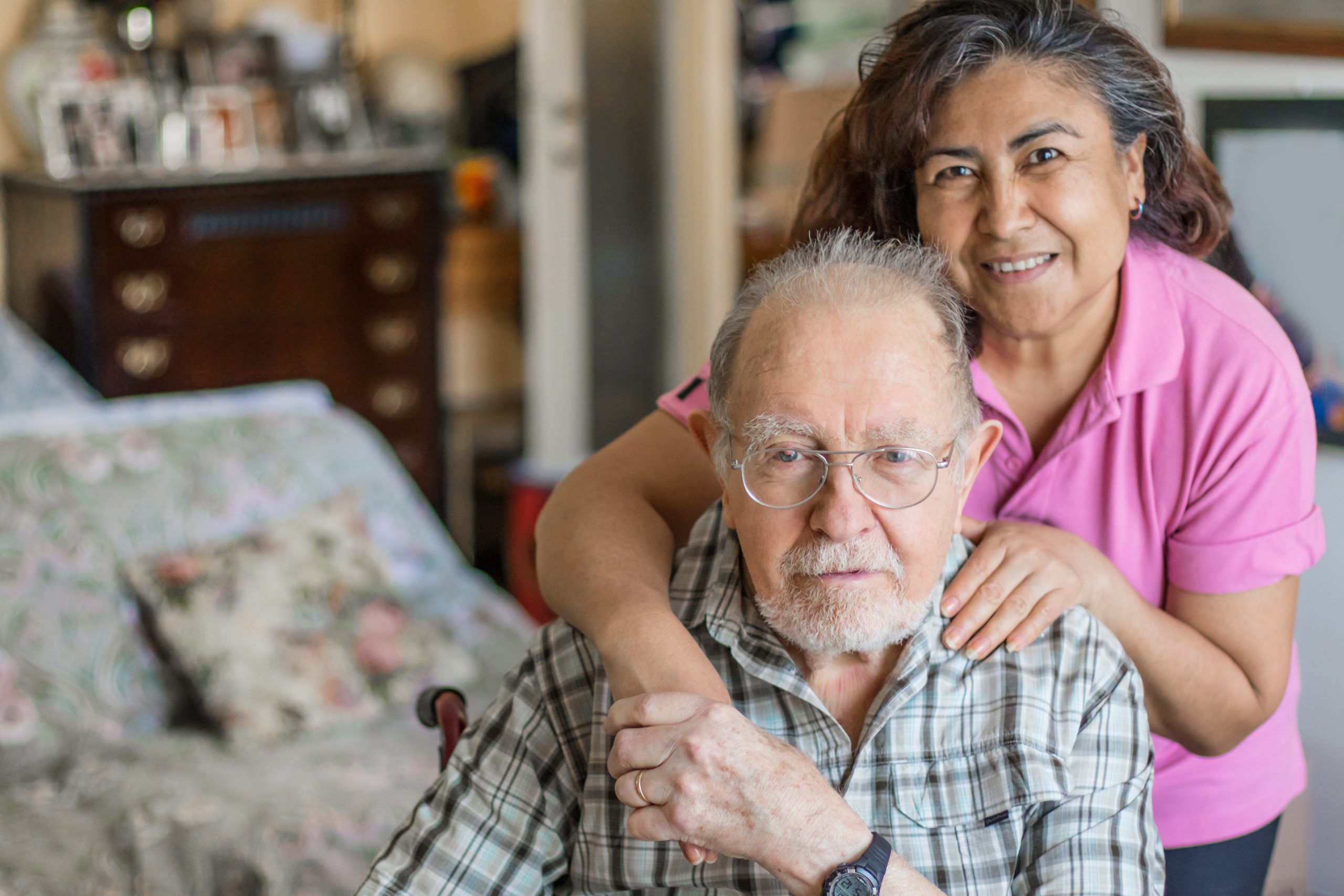
Jan 18, 2024 / Traumatic Brain Injury
Recovery from brain injury is a journey that requires caregivers, often family members, to consistently be there over the long-run. Burnout and exhaustion comes when caregivers are doing everything, often to the exclusion of rest and personal well-being. Common issues include little to no time for themselves, problems with communication, financial challenges, and lack of understanding/support among friends. Caregivers experience burnout, depression and anxiety directly impact their lives of caregivers and those they care for. Taking a closer look:
Changes in roles, responsibilities and relationships are challenging. Throughout the continuum of care from the intensive care unit to post-acute rehabilitation, there is education and support available. What happens after discharge? One third of caregivers are at risk for significant psychological distress including depression and anxiety. Additional risk factors include disability, unemployment, substance abuse, and excessive number of hours caregiving (Kreutzer et al., 2009). All of this can lead to poor self-care and deterioration of the caregiver’s health.
When brain injury survivors are discharged home, caregivers often feel unprepared, not having substantial knowledge of the care needs or the burden of caregiving. They have minimal education on how to navigate through the healthcare system and how to access necessary resources. The reality is that the caregiver will most likely be present in the survivor’s life long term as they continue to age with a brain injury and the caregiver is aging as well. Both the survivor and the caregiver’s medical, physical, social and psychological needs have to be met. Caregivers often do not practice self-care. Research indicates the caregiver frequently neglects their own need for rest, physical activity, recovery from illnesses, remembering their own medications which all lead to compromising their own health (Reinhard et al., 2008).
What can we do as healthcare professionals to mitigate this from occurring?
Discharge planning from healthcare settings encompass more than a disposition location. It should include resources for support, counseling and medical guidance for the caregivers (in addition to the brain injury survivor) for years post-rehabilitation. Multicomponent approaches should include individual and group interventions, which have shown to be effective with caregiver outcomes. These interventions include counseling, support groups, home visits, social supports, religious supports and educational opportunities.
Covid-19 has taught us ways to incorporate telehealth services for brain injury survivors and caregivers. Providing opportunities for telehealth services can allow for additional support and connection to the caregivers in the community – specifically through counseling and support groups that are available even if the caregiver can’t leave their home. Respite care is an intervention that has proven to decrease depression in caregivers (Reinhard et al., 2008). And brain injury survivors often find purpose when they become involved in volunteering, school, or adult day programs which contribute to respite for the caregiver, while supporting their life purpose.
Caregivers are present from beginning to end, not just through the continuum of care while involved in healthcare settings. Our responsibility as healthcare professionals is to equip them for long term success. We need to find additional ways to support them in their life long journey and, as practitioners, be mindful about remembering to ask them how life looks through their eyes.
Paige Salinas, MS, MHA, LCSW, CBIST-AP – Vice President of Clinical Operations Western Region
Paige is responsible for clinical and operational oversight of Collage Rehabilitation’s residential and day treatment programs in California, Colorado and Utah. She has been in the field of brain injury for over 20 years. She is a surveyor for CARF International and is actively involved in the brain injury community.
Resources:
https://www.biausa.org/public-affairs/media/virtual-support-groups
https://msktc.org/tbi/model-system-centers
https://msktc.org/tbi/factsheets
https://www.brainline.org/caregivers
References:
Kreutzer, J.S., Rapport, L.J., Marwitz, J.H., Harrison-Felix, C., Hart, T., Glenn, M., & Hammond, F. (2009).
Caregivers’ well-being after traumatic brain injury: A multicenter prospective investigation.
Archives of Physical Medicine and Rehabilitation, 90(6), 939-946.
Reinhard, S.C., Given, B., Petlick, N.H., & Bemis, A. (2008). Supporting family caregivers in providing
care. Agency for Healthcare Research and Quality. Retrieved from https://www.ncbi.nlm.nih.gov/books/NBK2665/